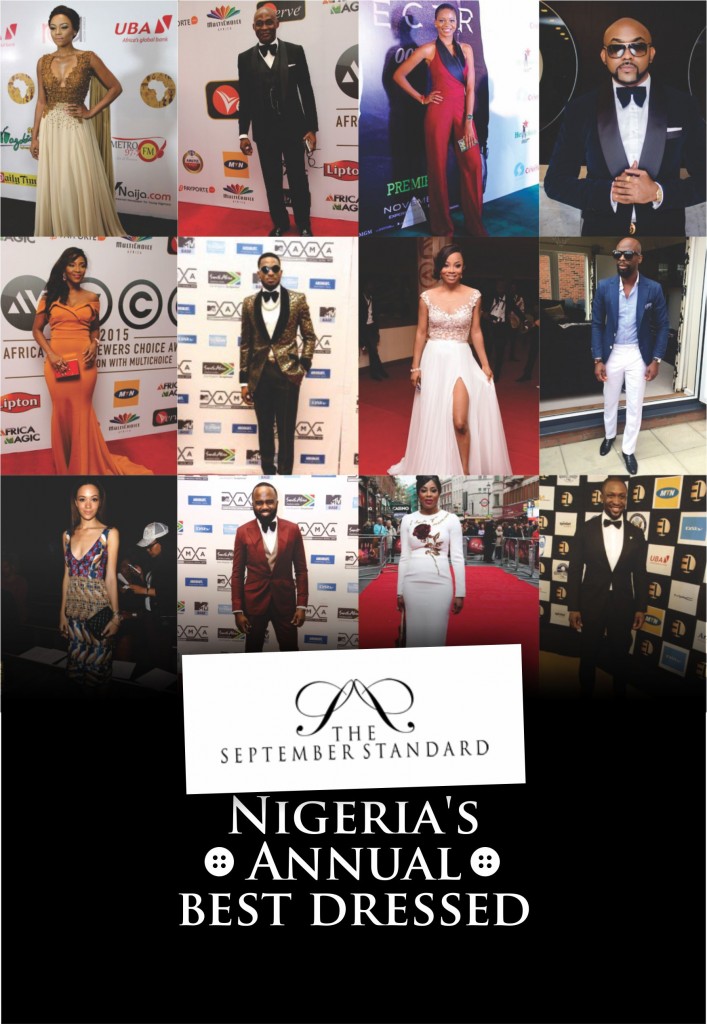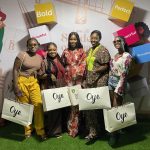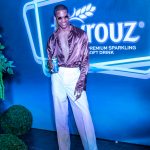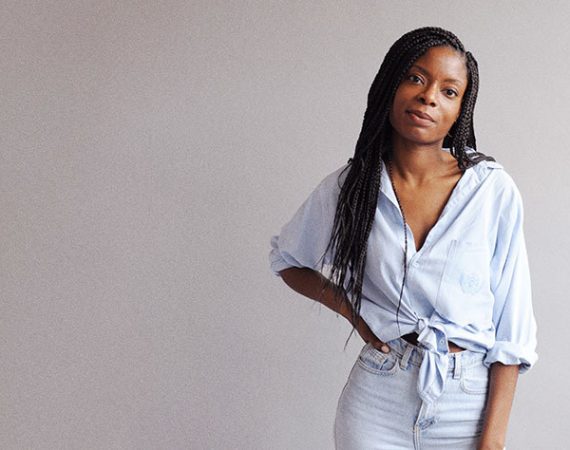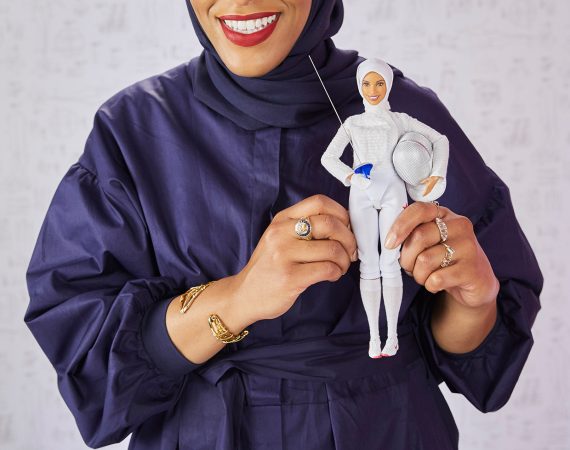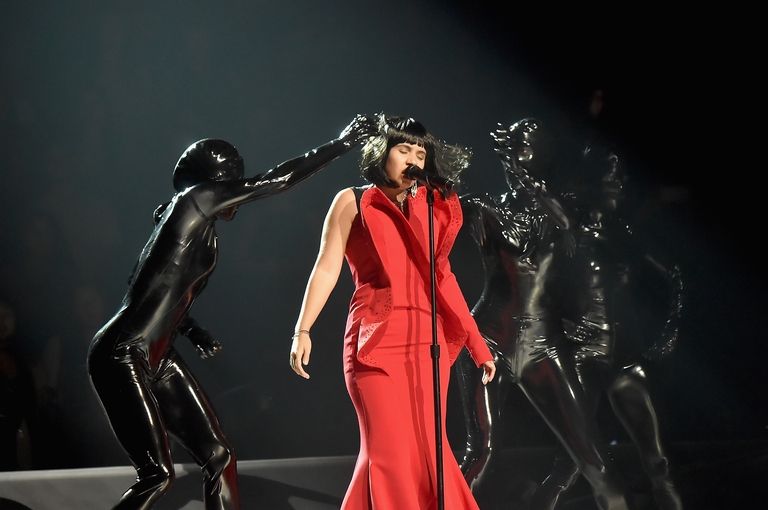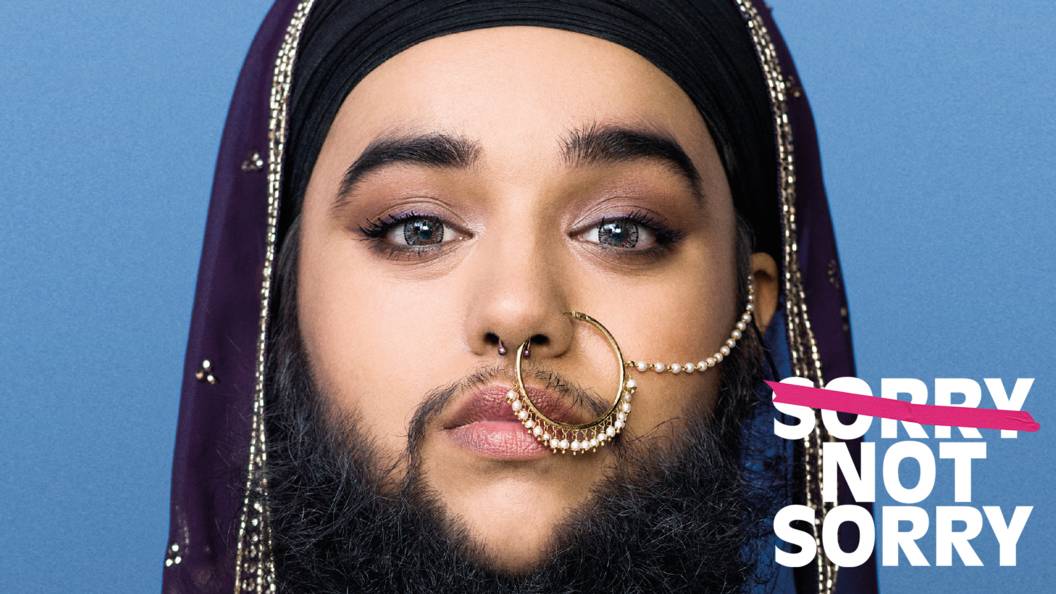Quick question; do you have an Instagram or any other social media account?
If you are reading this, then the odds that you do are quite high.
Fashion has gone through many eras, each one fundamentally changing the business model that brands followed and boasting far reaching consequences for all other subsidiary industries. But all the previous eras only truly served larger brands with the financial acumen to attract big money and invest in the conventional methods of attracting potential clients such as print and media advertising. That was until now. We are finally in the era of the artisanal brand.
As every facet of creativity falls to the all consuming avarice of multinational firms and hedge funds looking for places to invest their money and recoup profit as quickly as possible, many creatives are becoming disillusioned with the process and leaving their high profile posts at big fashion and art brands to start their own businesses, to build smaller niches where the emphasis is on the work created instead of the profit that can be amassed.
This is even more evident among amateur designers, who frustrated by attempts to climb the design ladder , decide to build a brand from scratch.
Over the last decade, the fashion world has unfurled to accommodate all kinds of people. From publishing to manufacturing to presentation and retail, the scope and reach of consumers and their ability to choose what they want to wear and how they want to feel has expanded. This scope brought about by technological innovation has made information and access readily available to consumers, usually for free. Eyeballs equal advertising value and advertising value equals money.
This power shift has been incredibly beneficial in Africa, especially here in Nigeria where until recently, the fashion elite had all the access and opportunities to court clients. The vast amounts of information available on the internet and the erasure of limitations such as distance and language barriers have allowed cottage designers connect with consumers who understand and value their aesthetics.
Mega social interaction sites like Etsy and the insanely popular Pinterest have sprung up, forming communities where enthusiasts can find each other and sell their creations.
Designers have come to realise that the $1000 spent by one client alone and a $1000 spent by 10 clients in one day still amount to the same revenue. Being able to connect with consumers from around the world is an added perk. Even better, social media allows designers with smaller budgets market themselves by creating a personality and more importantly, a narrative for their brand, instantly accessible to millions of discerning consumers; something mega brands pay thousands of dollars for.
So, what kind of brand are you?
If you are the kind of designer who offers a family friendly, easily accessible product that won’t ruffle any feathers, Facebook should be your starting point. Facebook recently surpassed Google as the primary source of News in the world, well ahead of print and media publications and with 5 million Nigerian users (as at 2013), you’ll definitely find someone who resonates with your product there.
For a designer with a more vocal (and possibly socially conscious) product like graphic tees or merchandise inspired by social issues, Twitter is the sure fire way to go. With picture and video integration and primarily driven by 140 character microblogs, Twitter will allow brands initiate conversation and foster an active community around the message behind the brand.
And if you’re a visual brand who prefers to let the product do all the talking, then Instagram is the app for you. Offering a variety of filters, integration with all the other social media apps, and an unlimited data bank, Instagram allows brands dazzle consumers with visual stories.
Get to it already. And Tag us. We’d love to see what you’re up to.

